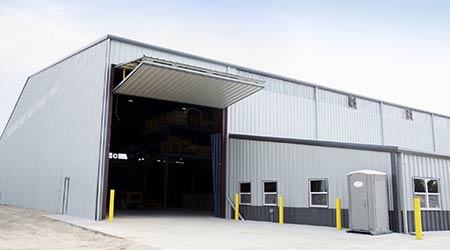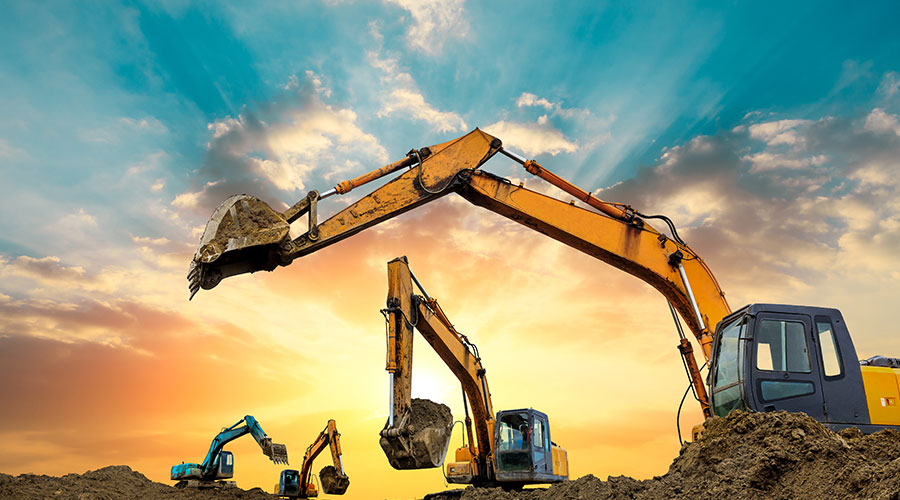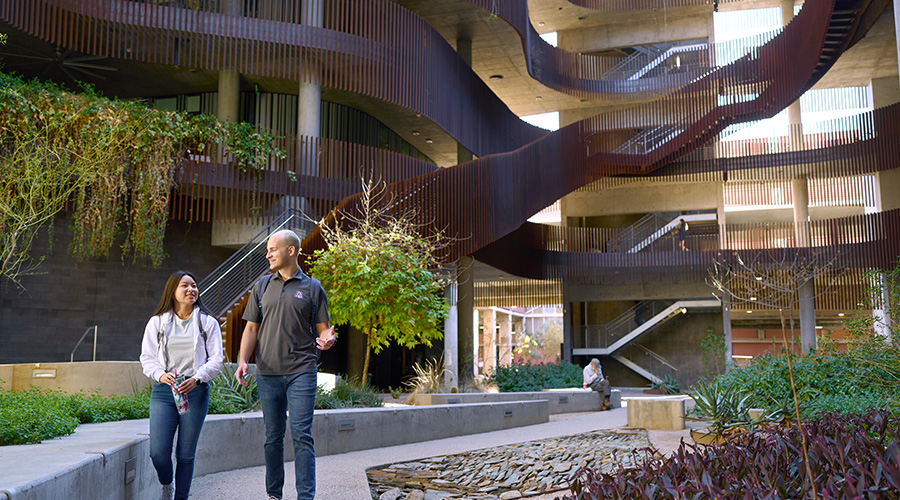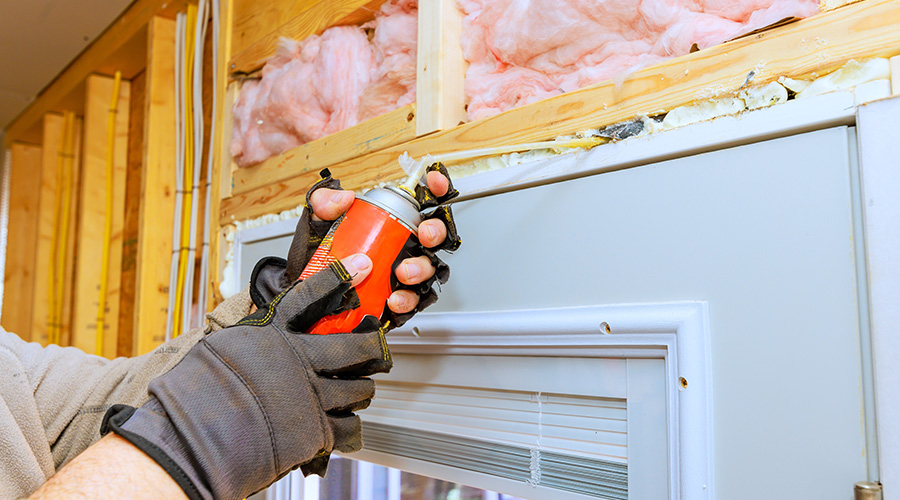Form Follows Function With Metal Building Systems
New metal buildings are attractive — they can incorporate a range of colors and finishes.
Along with function, the form of metal buildings continues to advance. “People have pre-conceived ideas about what metal buildings look like,” says Yancey. Today’s metal building systems rarely conform to any stereotypes, however. They can incorporate a range of colors and finishes, and look as appropriate when used with schools or museums or retail outlets as they traditionally have in more industrial uses.
Innovations in the coatings used on metal building systems offer building owners a greater range of options for improving the look of a facility. For instance, coatings in which crushed stone or fiber have been mixed in to provide the look of stucco have been around for about twenty years, Yancey says. However, more manufacturers are offering this feature, he adds. Greater availability typically means more choices and competitive pricing.
Metal roofing and walls are created from flat, coiled steel that ranges from 30 to 48 inches wide. Uncoiling the metal to apply the coating at the factory, rather than at the construction site, allows for more options in colors and textures, such as stone or stucco, Zabcik says. Moreover, painting in a controlled environment allows for a greater range of coatings; painting outside limits the options to those that can cure in outside weather conditions. A controlled environment also allows for more efficient material utilization.
Among the more advanced coatings that building owners can choose are marine coating, anti-graffiti, high solar reflectivity, and high durability, Zabcik says.
Advances also can be found in the technology behind purlins, or the horizontal structural members attached to the main frames to support the roof panels. New purlin technology allows building owners to significantly reduce the number of interior columns in a building, Mohr says. “The more flexible the floor space, the more business value it delivers,” he says, adding that maximum interior flexibility helps deliver greater efficiency with each square foot.
Most building owners do what they can to streamline construction schedules, so long as the safety and integrity of a building isn’t compromised. “Several of our top builders indicate customers are demanding tighter timelines than ever before,” Mohr says. “Fast-track projects are the perfect opportunity to evaluate systems construction, which, when combined with a design-build approach, can cut weeks off the schedule, compared with conventional construction with a design-bid-build process.”
This isn’t necessarily a new innovation, Mohr says, but it shows a change in thinking. “Several years ago, some building managers would have never considered a systems approach. Now, the speed benefit is just too good to ignore,” he says.
The technology used to design and construct metal buildings continues to improve as well. Building information modeling (BIM) allows virtual modeling of a proposed facility, Zabcik notes. A BIM solution can facilitate an integrated project delivery approach to design and construction, Zabcik says. The designer or contractor can “virtually” construct the facility, modeling the way components are designed to integrate. This reduces the risk that, for instance, a conduit is inadvertently designed to go through a structural member, he adds.
On a smaller level, bar coding the steel pieces to be used within a construction project also can speed the construction process. When a contractor arrives a job site, he or she can unload the truck, scan the pieces, and identify where each goes by comparing it to the design plan, often called up on a mobile device, Yancey says. “You’re pre-sorting the pieces, and can put them where it’s easier to set up and install them,” he says. Contractors have said it shaves a day or two from the “shakeout” process in which components are unloaded from the truck at the job site.
Advances in metal building systems and technology continue to facilitate ever more efficient, aesthetically appealing buildings. The result is streamlined construction schedules and budgets, lower ongoing operating costs, and greater appeal to current and prospective tenants.
Karen Kroll, a contributing editor for Building Operating Management, is a freelance writer who has written extensively about real estate and facility issues.
Email comments to edward.sullivan@tradepress.com.
Related Topics:













